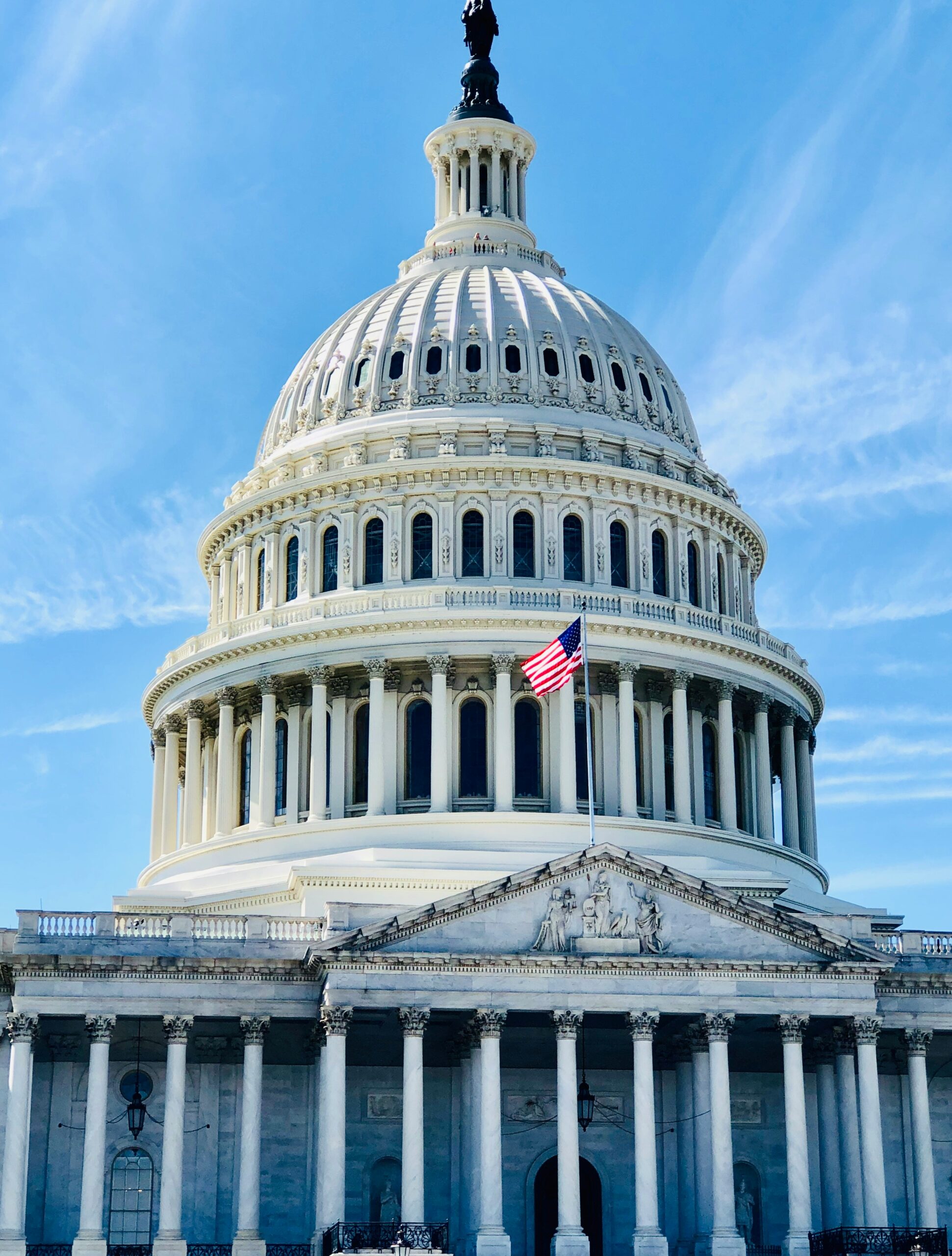
Introduction
The rise of the internet and social media has transformed the way we communicate, share information, and mobilize for change. Digital activism, the use of online platforms to promote social or political causes, has emerged as a powerful tool for activists seeking to raise awareness, organize protests, and pressure those in power. From the Arab Spring to the Black Lives Matter movement, digital activism has played a critical role in shaping modern protest movements. In this article, we will explore the rise of digital activism, its effectiveness, and how it complements traditional forms of protest.
The Rise of Digital Activism
Digital activism has its roots in the early days of the internet, but it has gained momentum in recent years with the proliferation of social media platforms like Twitter, Facebook, Instagram, and TikTok. These platforms have given individuals and organizations the ability to reach large audiences quickly, bypassing traditional gatekeepers such as the mainstream media. Hashtags, viral videos, and online petitions have become powerful tools for spreading messages and mobilizing support for various causes.
The Arab Spring, which began in 2010, is often cited as one of the first major examples of digital activism playing a crucial role in a political movement. Activists in countries like Tunisia, Egypt, and Libya used social media to document protests, share information, and coordinate demonstrations. The use of platforms like Facebook and Twitter allowed activists to circumvent government censorship, spread their messages globally, and gain support from international communities.
Since then, digital activism has continued to evolve, with movements like #MeToo, Black Lives Matter, and Fridays for Future using online platforms to amplify their causes. These movements have demonstrated the power of digital tools to raise awareness, build communities, and create pressure for social and political change.
Effectiveness of Digital Activism
Digital activism has proven to be highly effective in several key areas, including raising awareness, mobilizing support, and putting pressure on decision-makers. One of the primary strengths of digital activism is its ability to reach a global audience. Social media allows activists to share their stories and experiences with people around the world, creating a sense of solidarity and urgency that can inspire others to take action.
One of the most notable successes of digital activism is the #MeToo movement. What began as a hashtag to share experiences of sexual harassment and assault quickly grew into a global movement that led to significant cultural shifts and policy changes. The power of #MeToo lay in its ability to give survivors a platform to speak out, create a sense of collective experience, and hold powerful individuals accountable for their actions.
Similarly, the Black Lives Matter movement has effectively used digital activism to raise awareness about police brutality and racial injustice. The use of social media to share videos of incidents of police violence has brought attention to systemic issues that were previously ignored or downplayed by mainstream media. The widespread sharing of these videos has sparked protests, influenced public opinion, and led to policy changes in policing practices.
Digital Activism vs. Traditional Forms of Protest
While digital activism has transformed the way we protest, it is most effective when combined with traditional forms of activism, such as in-person protests, marches, and lobbying efforts. Digital activism can serve as a powerful catalyst for on-the-ground action, helping to mobilize large numbers of people for rallies and demonstrations. For example, the Women’s March in 2017, which drew millions of participants worldwide, was largely organized and promoted through social media.
Digital activism also provides a way for people who may not be able to participate in physical protests—due to geographic, financial, or physical limitations—to support a cause. Online petitions, crowdfunding campaigns, and social media sharing allow individuals to contribute to a movement in meaningful ways, even if they cannot be present in person.
However, digital activism is not without its limitations. One of the criticisms of digital activism is the phenomenon of “slacktivism,” where individuals may feel that liking a post or sharing a hashtag is sufficient action, without engaging in more substantive efforts to create change. While digital engagement is important, meaningful change often requires sustained effort, including policy advocacy, lobbying, and grassroots organizing.
Another challenge of digital activism is the issue of misinformation. The speed at which information spreads online can make it difficult to verify the accuracy of claims, leading to the spread of false information. This can undermine the credibility of a movement and make it harder for activists to achieve their goals. Additionally, governments and powerful entities have increasingly sought to control or manipulate digital spaces, using tactics like disinformation campaigns, internet shutdowns, and online surveillance to undermine activist efforts.
Case Studies: Digital Activism in Action
Examples of Successful Campaigns
- #MeToo Movement: The #MeToo movement, which began with a simple hashtag, quickly grew into a global movement against sexual harassment and assault. By encouraging survivors to share their stories, the movement raised awareness about the prevalence of sexual misconduct, led to the downfall of powerful figures in entertainment, politics, and other industries, and prompted policy changes to address workplace harassment.
- Black Lives Matter: The Black Lives Matter movement has been a powerful example of how digital activism can bring attention to systemic issues. By sharing videos of police brutality and using hashtags like #BlackLivesMatter, activists have raised global awareness about racial injustice. The movement has led to changes in policing policies, increased accountability for law enforcement, and heightened public awareness about racial inequality.
- Fridays for Future: Started by Greta Thunberg, the Fridays for Future movement has successfully mobilized millions of young people to demand action on climate change. The movement has used social media to organize global climate strikes, pressure governments to adopt more ambitious climate policies, and raise awareness about the urgency of addressing the climate crisis.
- #EndSARS Movement: The #EndSARS movement in Nigeria used social media to call for the disbandment of the Special Anti-Robbery Squad (SARS), which had been accused of human rights abuses. The online campaign helped organize protests across the country, leading to the disbandment of SARS and drawing international attention to police brutality in Nigeria.
- Fridays for Future: The Fridays for Future movement, led by Swedish climate activist Greta Thunberg, is a prime example of how digital activism can drive global change. What began as a solitary protest outside the Swedish parliament grew into an international movement, with millions of young people participating in climate strikes around the world. Social media played a crucial role in amplifying Greta’s message, inspiring young people to take action, and putting pressure on political leaders to address the climate crisis.
- #EndSARS Movement: In Nigeria, the #EndSARS movement used social media to call for the disbandment of the Special Anti-Robbery Squad (SARS), a police unit known for its brutality and human rights abuses. Activists used platforms like Twitter to share stories of police violence, organize protests, and raise international awareness. The movement gained widespread support, leading to the disbandment of SARS in 2020. However, the movement also highlighted the challenges of digital activism, as government forces cracked down on protesters, and misinformation spread online.
- Hong Kong Protests: During the 2019 Hong Kong protests, young activists used digital tools to organize and communicate while maintaining anonymity. Encrypted messaging apps like Telegram were used to coordinate protests and share real-time information about police movements. Social media was also used to draw international attention to the protesters’ demands for democracy and human rights. The Hong Kong protests demonstrated how digital activism can be used to outmaneuver authorities and sustain a movement, even in the face of government crackdowns.
Lessons from Digital Activism
How to Avoid Slacktivism
While digital activism can be a powerful tool for change, it is important to avoid falling into the trap of slacktivism—performing superficial online actions that give the illusion of meaningful involvement without driving real change. Here are some strategies to avoid slacktivism:
- Take Offline Action: Engage in offline activities that support the cause, such as attending protests, volunteering, or contacting your representatives. Combining online support with concrete offline actions ensures that your activism has a real-world impact.
- Educate Yourself and Others: Go beyond sharing a post or using a hashtag by learning about the issue in depth. Educate yourself on the root causes, historical context, and possible solutions, and share this information with others to raise awareness in a meaningful way.
- Support Organizations Financially: If possible, donate to organizations that are working on the ground to address the issue. Financial contributions can provide essential resources for grassroots campaigns and community initiatives that need funding to operate effectively.
- Hold Yourself Accountable: Reflect on whether your online actions are genuinely contributing to the cause. Ask yourself if you are willing to take the next steps beyond sharing content—such as signing petitions, contacting lawmakers, or participating in events—to create lasting change.
- Amplify Voices with Purpose: When sharing content online, make sure you are amplifying the voices of those directly affected by the issue. Use your platform to highlight credible sources and support the work of activists who are leading efforts for change.
- Amplify Voices: Digital activism has the power to amplify marginalized voices and bring attention to issues that are often overlooked by mainstream media. By sharing personal stories and experiences, activists can create a sense of empathy and urgency that drives others to take action.
- Build Community: One of the strengths of digital activism is its ability to build a sense of community among people who may be geographically distant but share a common cause. Online platforms allow activists to connect, share resources, and support each other, creating a sense of solidarity that strengthens the movement.
- Combine Online and Offline Efforts: Digital activism is most effective when combined with traditional forms of protest. While online campaigns can raise awareness and mobilize support, in-person actions such as protests, sit-ins, and lobbying are often necessary to achieve concrete policy changes.
- Be Cautious of Misinformation: The speed at which information spreads online makes it crucial for activists to verify the accuracy of their messages. Misinformation can undermine the credibility of a movement, so activists must be diligent in fact-checking and providing reliable sources.
Conclusion
Digital activism has fundamentally changed the way we protest, providing new tools for raising awareness, organizing, and mobilizing people around the world. While it is not without its challenges, digital activism has proven to be a powerful complement to traditional forms of protest, amplifying voices and bringing attention to critical social and political issues. By harnessing the power of the internet, activists can continue to push for meaningful change and ensure that their voices are heard in the fight for a more just and equitable world.



